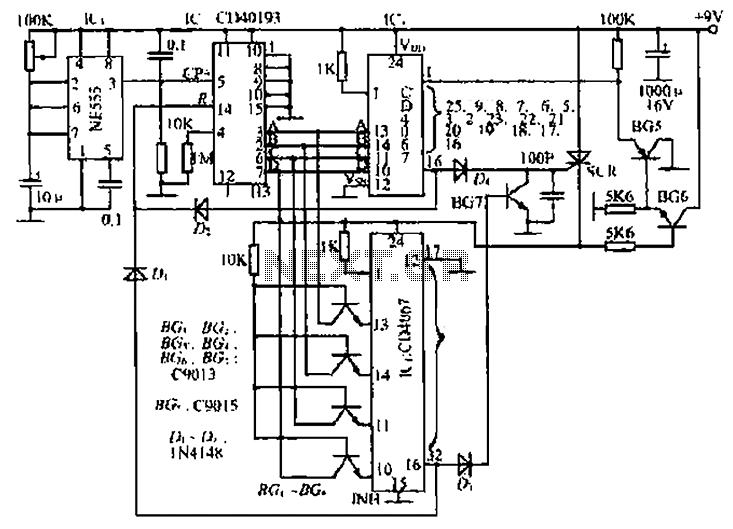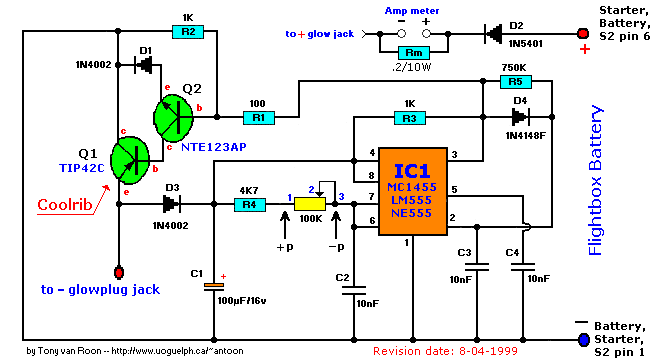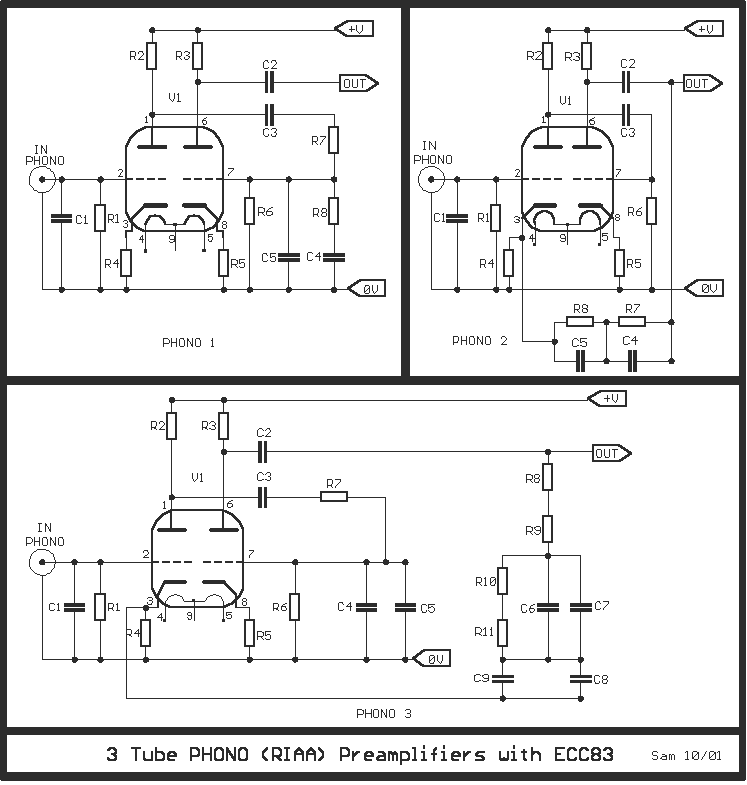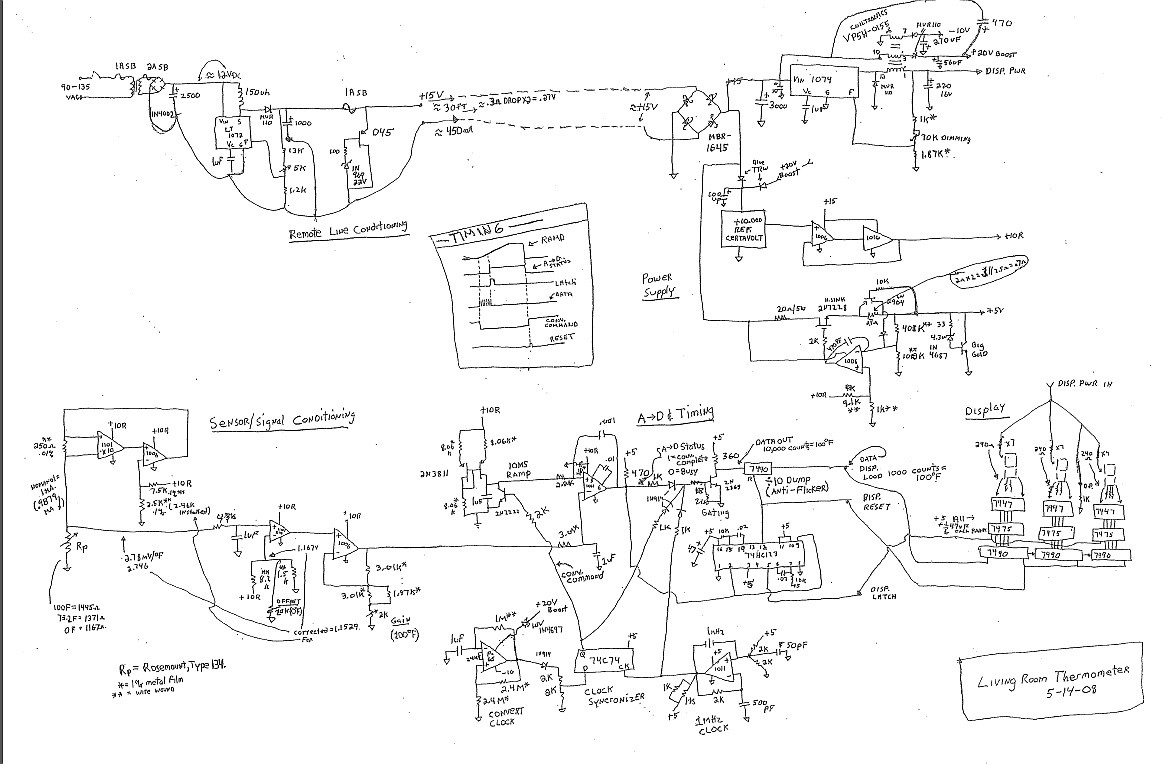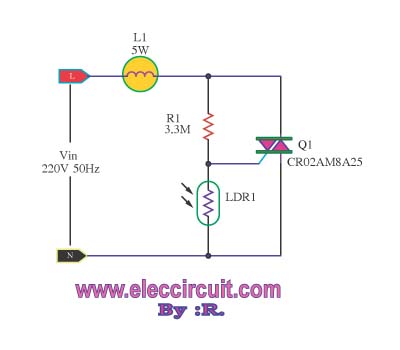
solid state tube light choke

The advantages of tube lights over filament bulbs are well known. However, tube lights also have their drawbacks. They do not operate effectively at lower voltages, are relatively expensive, and have a tendency to burn out easily. This document presents a unique solid-state electronic design. The circuit, illustrated in the schematic, employs two capacitors and four diodes and is designed to work with a 100-watt bulb. Tube lights operated with this choke were found to function at voltages as low as 120 volts (within 220-volt lines). The circuit supplies pulsating voltage to the fluorescent tube light mounted on a conventional stand.
This solid-state electronic design addresses the limitations of traditional tube lights by enabling their operation at lower voltages, significantly enhancing their versatility and usability in various applications. The circuit's configuration, which includes two capacitors and four diodes, plays a crucial role in converting the input AC voltage into a suitable form for the fluorescent tube light.
The use of capacitors in the circuit serves multiple purposes. They not only filter and smooth the pulsating voltage output but also provide energy storage, which helps maintain a steady supply of power to the tube light. The diodes, arranged in a bridge rectifier configuration, facilitate the conversion of AC voltage to a pulsating DC voltage, which is necessary for the operation of the fluorescent tube light. This design is particularly advantageous as it allows the tube light to operate efficiently even at lower voltage levels, which are commonly found in residential and commercial electrical systems.
The incorporation of a choke further enhances the performance of the circuit by regulating the current flowing through the tube light. This regulation is vital for preventing flickering and ensuring stable illumination. The ability to operate at voltages as low as 120 volts makes this design suitable for environments where voltage fluctuations are common, thereby increasing the reliability and lifespan of the tube lights.
Overall, this innovative design not only improves the operational efficiency of tube lights but also addresses common issues associated with traditional lighting solutions, making it a valuable advancement in the field of electronic lighting systems.The advantages of tube light over filament bulbs are well known. But these tube lights have problems too. They refuse to work at lower voltages, they are costly, burn out easily and so on. So, presented here is a unique solid state electronic design. The circuit is shown in schematic a it uses two capacitors and four diodes and work along with a 100 wat t bulb. The tube lights operated with this choke were found to work at voltage as low as 120 volts(in the 220 volt lines). The circuit provides a pulsating voltages to the fluorescent tube light fixed on a conventional stand.
🔗 External reference
This solid-state electronic design addresses the limitations of traditional tube lights by enabling their operation at lower voltages, significantly enhancing their versatility and usability in various applications. The circuit's configuration, which includes two capacitors and four diodes, plays a crucial role in converting the input AC voltage into a suitable form for the fluorescent tube light.
The use of capacitors in the circuit serves multiple purposes. They not only filter and smooth the pulsating voltage output but also provide energy storage, which helps maintain a steady supply of power to the tube light. The diodes, arranged in a bridge rectifier configuration, facilitate the conversion of AC voltage to a pulsating DC voltage, which is necessary for the operation of the fluorescent tube light. This design is particularly advantageous as it allows the tube light to operate efficiently even at lower voltage levels, which are commonly found in residential and commercial electrical systems.
The incorporation of a choke further enhances the performance of the circuit by regulating the current flowing through the tube light. This regulation is vital for preventing flickering and ensuring stable illumination. The ability to operate at voltages as low as 120 volts makes this design suitable for environments where voltage fluctuations are common, thereby increasing the reliability and lifespan of the tube lights.
Overall, this innovative design not only improves the operational efficiency of tube lights but also addresses common issues associated with traditional lighting solutions, making it a valuable advancement in the field of electronic lighting systems.The advantages of tube light over filament bulbs are well known. But these tube lights have problems too. They refuse to work at lower voltages, they are costly, burn out easily and so on. So, presented here is a unique solid state electronic design. The circuit is shown in schematic a it uses two capacitors and four diodes and work along with a 100 wat t bulb. The tube lights operated with this choke were found to work at voltage as low as 120 volts(in the 220 volt lines). The circuit provides a pulsating voltages to the fluorescent tube light fixed on a conventional stand.
🔗 External reference
